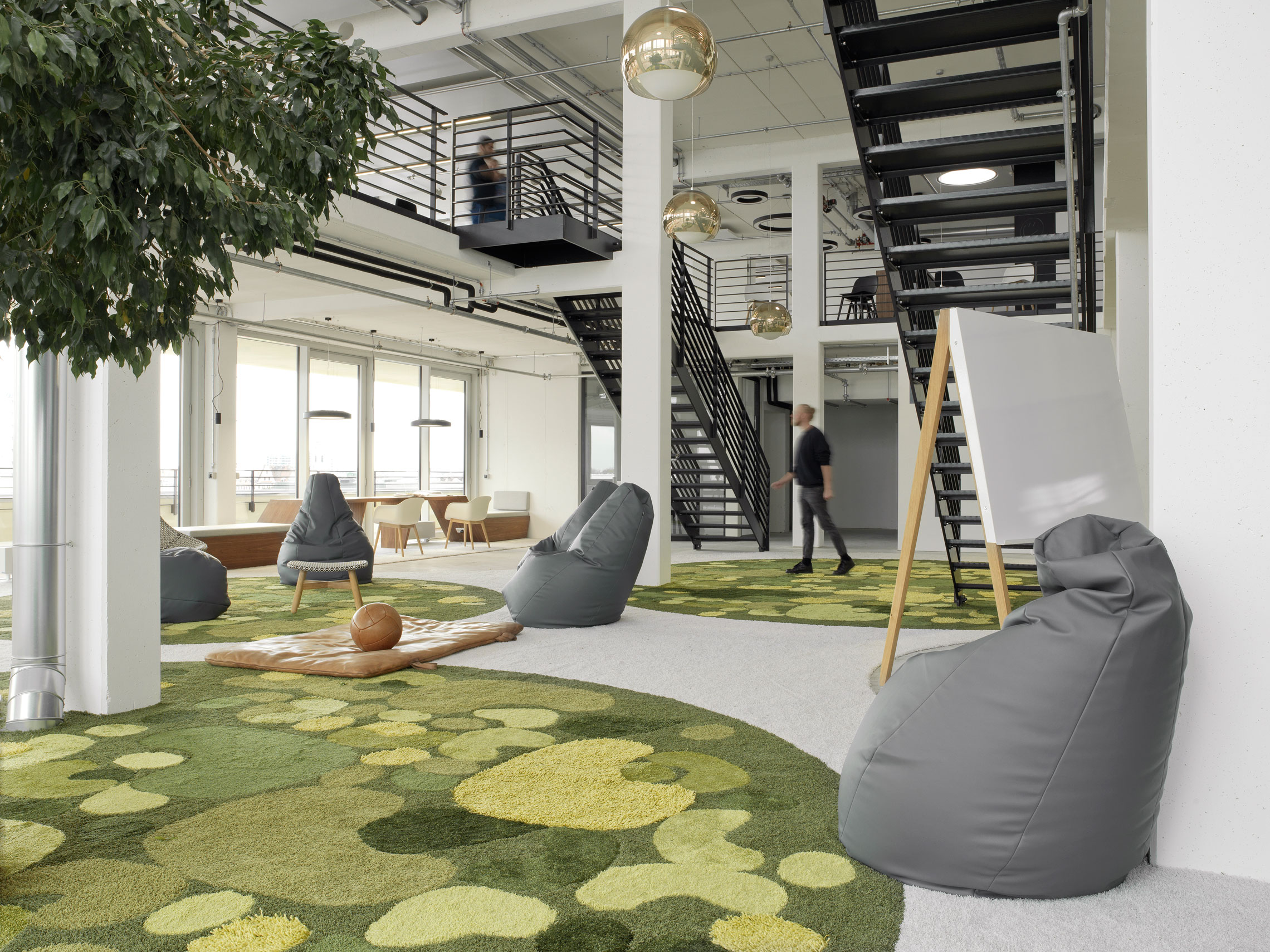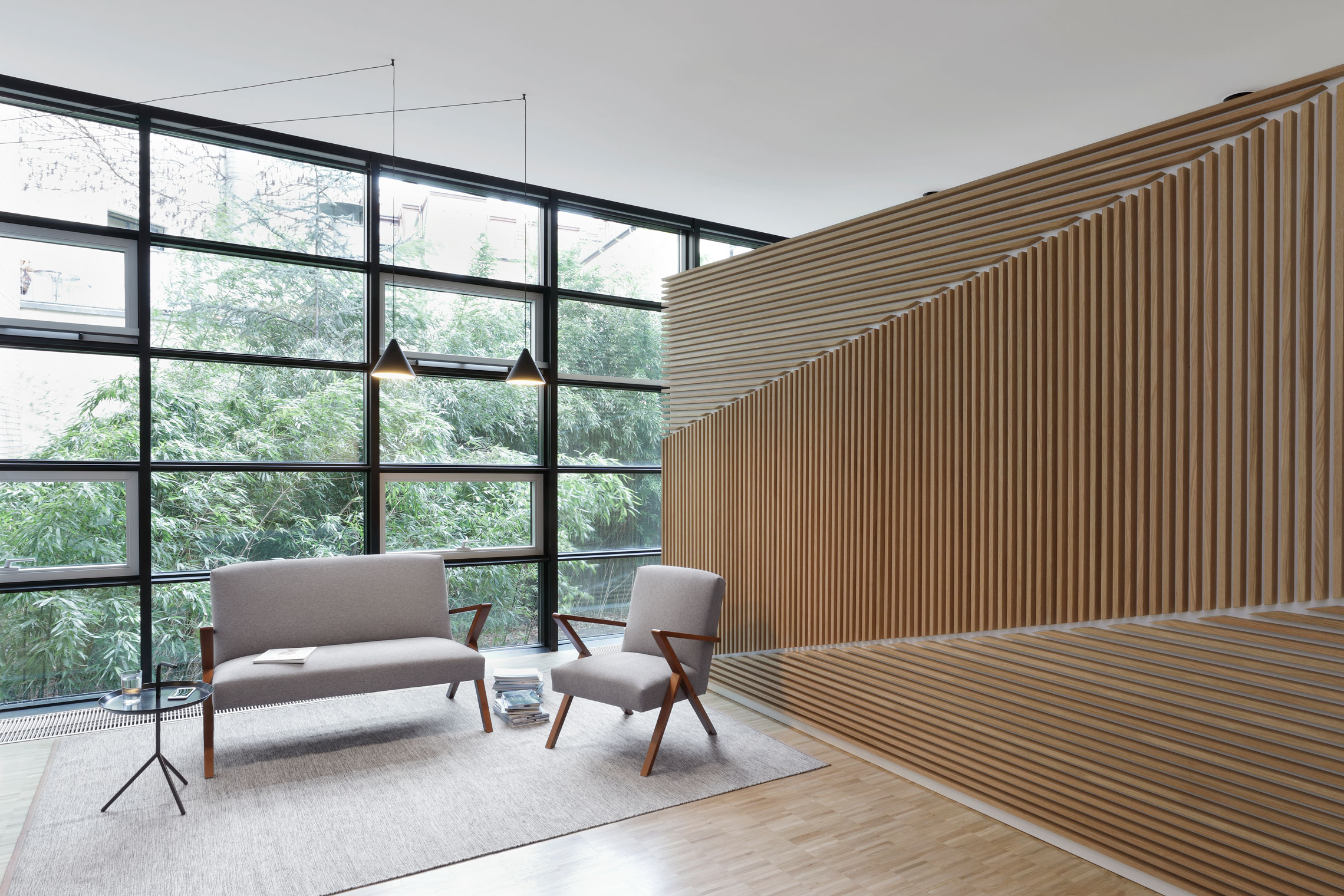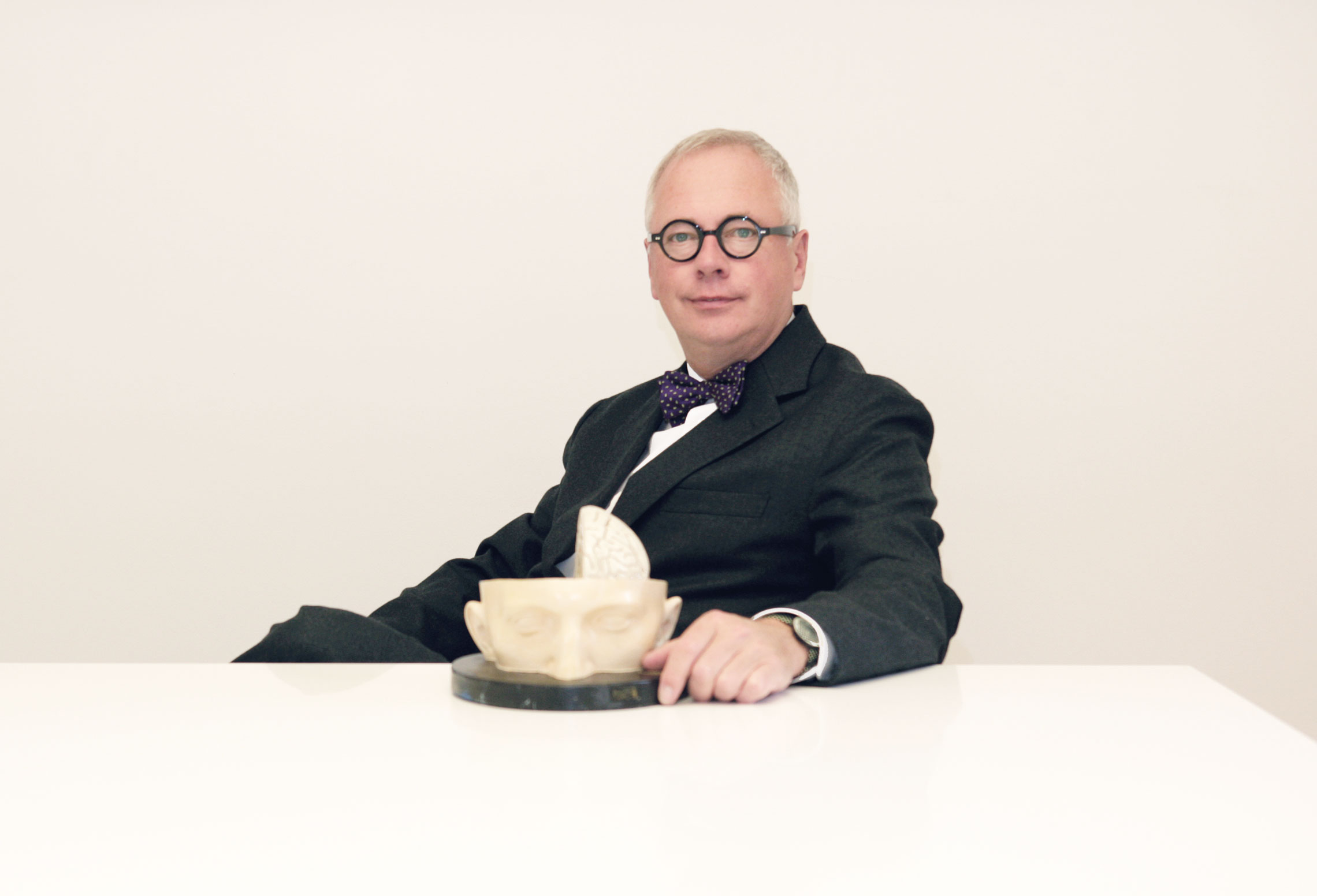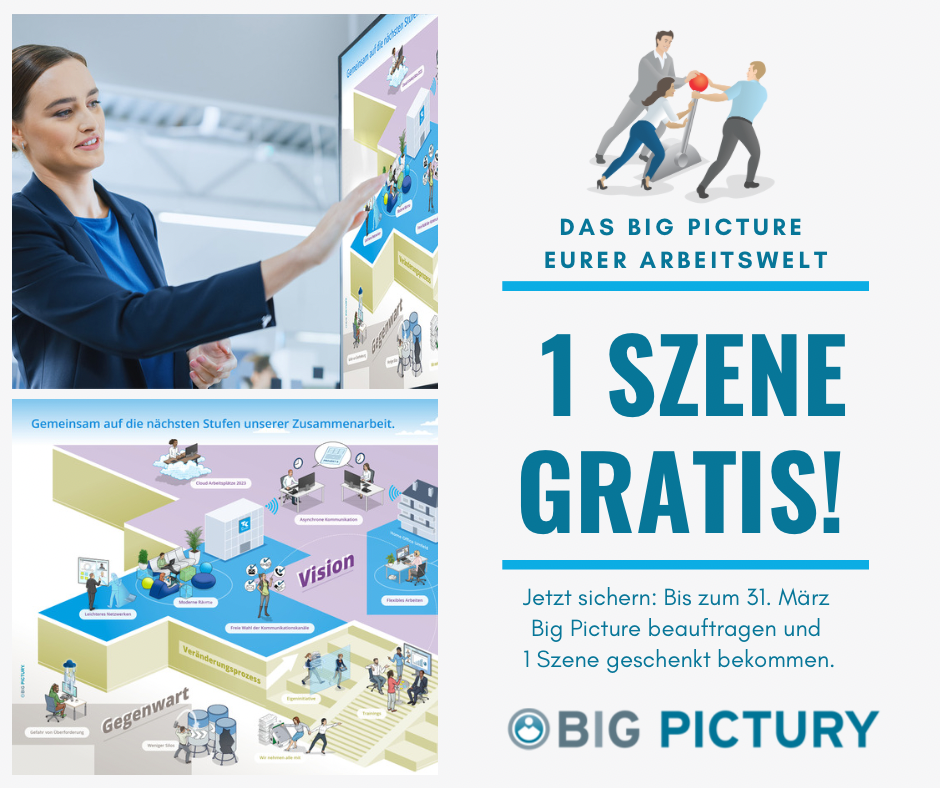Experts agree that digitalization, globalization and mobility continue to drive change in the way we communicate and work, and they see no prospect that the pace of change in our offices and workspaces will ease any time soon. “It’s not just the inventory and zoning that are changing, that personal workspaces are getting smaller and the communal spaces bigger. The whole idea of office space is being rethought,” says CSMM founder Timo Brehme. The renowned academic Jan Teunen, an expert in corporate cultures, agrees. “Offices should be flooded with beauty,” he explains.
According to CSMM, the move from an analog to a digital work culture has affected change far beyond the communication and organizational aspects. People that are reorienting themselves, too. Old ideas about careers have given way to a more relaxed culture emphasizing freedom and leisure, reflecting the needs and wishes of Generation Y or Z workers as well as new dress codes and employee attitudes.
Fighting on Two Fronts
“Companies are fighting on two fronts. First, they have to redefine office design concepts because of heightened requirements in terms of communication and social interaction while still ensuring that staff can maintain concentration and focus. These are a result of agile work and management practices. Secondly, workers have to be able to identify with their work in the context of their attitudes and needs. More than ever before, offices represent lived and experienced identity.”
That’s why CSMM creates spaces that support a new way of working, learning and networking. Its design concepts go beyond sustainable materials, glass-encased “think tanks”, communication nodes or offering places for staff to find a little quiet and privacy. “Today, office spaces project the spirit of a company in terms of its international focus, its attitudes to sustainability or the fast pace of its environment.”

A Change in Employee Aspirations
Professor Jan Teunen, a self-professed cultural capital producer, is convinced that, “offices can be a source of energy that can change society for the better. Employee potential can only develop in places that offer people quality.” The aspirations and requirements of workers, Teunen explains, have risen continually over the last twenty years. “There has been a collective leap in awareness. People are more critical, vocal and better informed. They demand more of their employers. That’s why most companies have begun adding a social component to the focus on products and markets.
Office Work as a Social Activity
Teunen and Brehme agree that the office plays a crucial role here. “In the modern world, working in an office has become the fundamental social activity. You could say that the office has a controlling influence over all processes that change the world. The quality of the instrument—the office—determines whether things are going in the right direction or not,” Teunen explains. His advice to companies is to invest in their office spaces. “Neuroscience tells us that the quality of a person’s environment is their strongest motivating factor. That’s when the dopamine really starts flooding the brain. The second most important driver of motivation is the quality of the social interactions,” Teunen continues, pointing to office design and company culture as crucial influences. “Beauty is a fertilizer for creativity. Offices should be greenhouses for creativity. Offices should be flooded with beauty.”

The Interview: Great Offices = More Dopamine
Professor Jan Teunen, a self-professed cultural capital producer, is convinced that offices can be a source of energy that can change the world. In his view, employee potential can only evolve in places that offer people quality. His vision is to turn soulless, dead rooms into greenhouses for creativity. Workers, he maintains, aren’t the only ones who gain; companies, too, profit from employing people who are more creative, productive and motivated. The path into that future, it turns out, takes a detour into the past. For the last ten years, CSMM has helped many internationally active businesses develop tailored designs for their office environments. We spoke to Professor Teunen about the processes behind not only offices and work but life in general.

Professor Teunen, your business card says you have quite an unusual job title.
I’m a Cultural Capital Producer. That’s a person who goes into a company as a consultant and works on everything except the financial aspects of the business. That means its values, knowledge and effectiveness. Effectiveness involves effective communication.
Can you develop that idea for us?
I help my clients cultivate their company until they reach a balance between their financial and ethical responsibilities. That’s the basis for creating a constructive company culture. Every company, of course, has its own culture. But there is such a thing as a destructive culture. People feel secure in a culture that takes them seriously and addresses an individual’s wishes and needs. That’s a factor in company success. Values. Knowledge. Effectiveness.
But discussions about ethics in business aren’t new. Around the year 2000, everyone seemed to be jumping on the “Corporate Social Responsibility” bandwagon. What was going on there? Was there are trigger for that change in thinking?
There was a collective leap in awareness. People are more critical, vocal and better informed. They demand more of their employers. That’s why most companies have begun adding a social component to the focus on products and markets. That’s a wonderful development.
Is this happening in all industries and sectors? Can the financial sector work in a sustainable way?
Of course, provided it sees money not as a means but as an energy that can prepare the world for the new creation.
The new creation? What do you mean?
Fundamentally, businesses are responsible for accelerating globalization, towards a goal that I call globality. Globality means an increase in worldwide wealth distribution and an increase in cooperation worldwide. Ultimately, it’s about maintaining a world that’s worth living in for the next, as yet unborn, generation. Offices play a key role.
Why are offices so important here, in your opinion?
In the modern, advanced world, office work has become the fundamental social activity. You could say that the office has a controlling influence over all processes that change the world. The quality of the instrument—the office—determines whether things are going in the right direction or not. An office that’s dominated by economic rationalism sucks people dry and doesn’t give them energy. These are soulless “dead rooms”, as I call them. The future will be about breathing new life into workspaces. Digitalization is making that even more important because it’s removing a lot of work from offices. A lot of jobs are being destroyed, and that is, fundamentally, a blessing. Humans aren't suited to repetitive tasks.
So, when we talk about office cultures, we’re talking about a lot more than efficiency. Does that mean that offices are like stem cells that could produce a worldwide change in values?Yes.
How far are German companies along the path you’ve just described?
Germany isn’t mired in crisis, but we are stuck in a dilemma. We can’t carry on with business as usual. And we can’t go back along the way we’ve already traveled. To get out of a dilemma, you need to transform. And companies—not just in Germany—are currently at the end of a so-called macro shift.
What does that mean?
The Hungarian philosopher of science Ervin László, already nominated several times for the Nobel prize, said that the world isn’t mechanical and fragmented. Instead, it’s interwoven and essentially holistic. The cosmos is alive, and humans aren’t isolated beings. He described the transition from rational thinking to holistic thinking. Businesses, the strongest force in society, must come together to create a critical mass to break through to a higher level. And if we can do that, if we can break through to a higher level, then the entire system will be in a better condition. If we can’t, it will collapse.
That sounds very theoretical. What about the practicalities?
I’m an optimist. I believe that we can reach the critical mass and reach that higher level. But to get there the circumstances within businesses have to change. The most important arena for that change is the office.
Because the outside shell determines how we think and act?
You’ve probably heard of the Gallup polls showing that only 15% of company employees feel dedicated to their work. 70% are doing, at best, what’s expected of them. They’re unmotivated and emotionally disengaged. 15% have handed in their notice, at least inwardly. Now, that’s a weary bunch of people. We’re not going to attain globality that way. Neuroscience tells us what really motivates people.
And that is?
The quality of a person’s environment is their strongest motivating factor. That’s when the dopamine really starts flooding the brain. The second most important driver of motivation is the quality of social interactions. But that’s also closely linked to the environment.
Cooking this down to basics, does a great office mean we feel good thanks to the dopamine rushing through our brains?
The office doesn’t have to be brightly colored, and we don’t need entertainment. The office has to be harmonious. The work environment has to be harmonious so that people are in a good mood when dealing with the world. Offices can do that. That can be a grey, minimalistic office, if it’s done well, if it’s harmonious.
But they can be pretty to look at?
In the Middle Ages, pregnant women would surround themselves with pretty things to make their children more beautiful. Beauty is a fertilizer for creativity. Offices should be greenhouses for creativity. Offices should be flooded with beauty. But there’s little awareness of or expertise in this field.
Where does that awareness begin? From below or above?
It begins with leaders. A culture either follows the leadership’s culture or it doesn’t follow at all. Leaders’ responsibilities go beyond managing the complexity, they include bringing about renewal. And that requires wisdom. A company leader who has no wisdom is in the wrong job. You can judge that relatively quickly.
Are we currently seeing a clash of attitudes about work environments?
If you want something new, you have to use your memory. We need to go back in time. To be able to cope with our time, we’re fragmenting. That means that we’re replacing the simple with the multitudinous, and we can’t reach the end because we’ve lost touch with the beginning. When we talk about offices, we have to look back to the first offices.
What were they like?
The office was invented in a cloister in the twelfth century because a monk was sick of carrying around his heavy books. The cloister was led by a wise abbot who had developed an internal trinity combining the emotional, the social and the rational. Those are the preconditions for wisdom. He also viewed his monks as people and not just as monks. He treated everyone the same, but kept an eye on the individual’s needs. One monk needed a case of beer while another needed wood from a carpenter’s shop because he was sick of carrying his heavy books around the cloister. He wanted what today we would call a desk. He experimented with the wood and first built a lectern.
Experimentation involves failure, and the lectern didn’t work because the books kept sliding off it. The other monks observed his failure and offered to help. Together, they got some planks of wood from the carpenter’s workshop and two wooden trestles—a good example of co-creation—and hey presto, the first desk was built. The monk looked at the wood and at his books bound in leather and parchment and thought, “This is going to go wrong.” So, he took a piece of his habit, the felt, and laid it down on the table. This material is called “bura”. That’s where the word bureau originated.
What does that story tell us?
The most interesting thing is that the bureau, or office, was explicitly created to protect something valuable. Today, the valuables in offices are the people and their creativity. Both are often undervalued.
Main image: Virtual Reality (Design: CSMM, photo: Christian Krinninger)
© This article article is a guest commentary by CSMM ARCHITECTURE MATTERS
Interviewee: Prof. Jan Teunen

